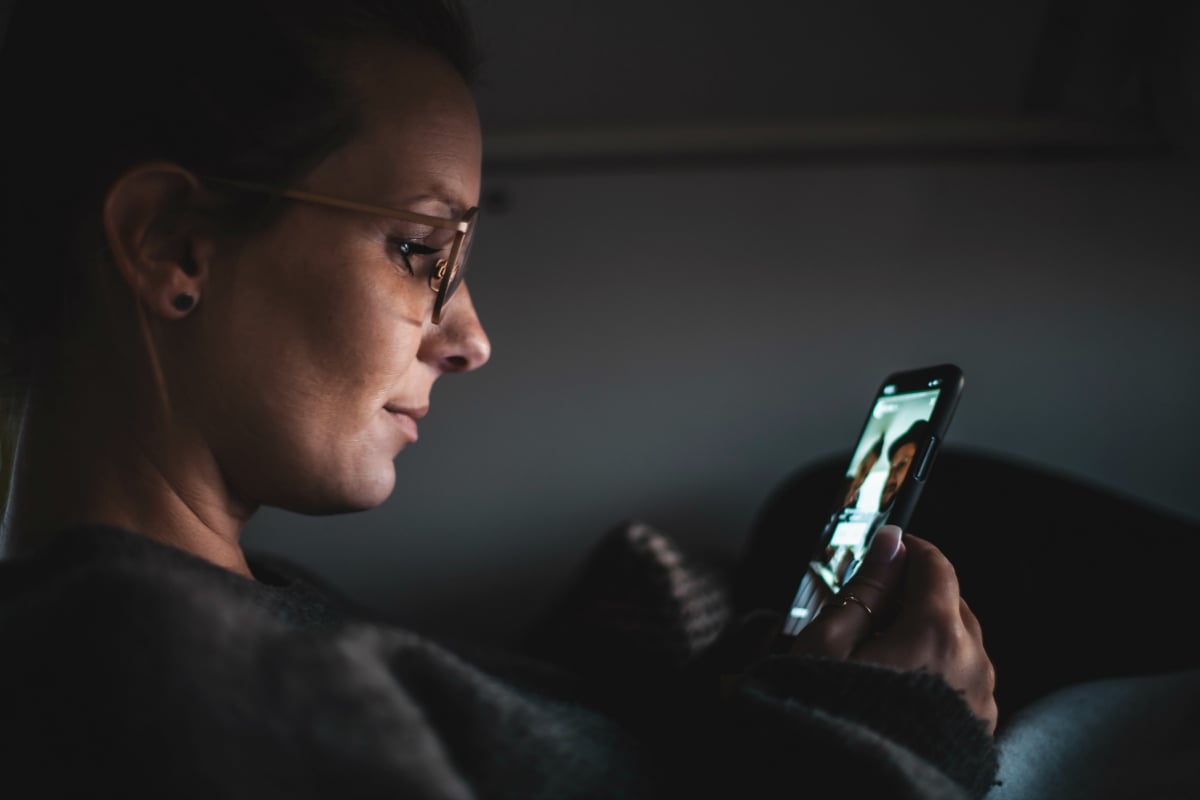
Video calls have been a lifeline during the COVID-19 pandemic.
They’ve allowed many businesses to keep operating, teams to stay connected, patients to continuing seeing therapists, and friends and family to bridge the gap created by life-saving physical distancing measures.
We all know this. So, why do Zoom meetings or FaceTime chats sometimes leave us feeling drained?
Shouldn’t we be craving interaction? Shouldn’t we be energised by seeing our loved ones’ faces, or at least feeling #blessed that we can?
Watch: The different kinds of people in isolation.

